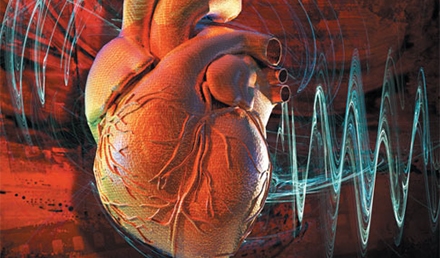

Developing Data: September, 2012
These data from the 2010 Urgent Care Benchmarking Survey are based on responses of 1,691 US urgent care centers; 32% were UCAOA members. The survey was limited to “full-fledged urgent care centers” accepting walk-ins during all hours of operation; having a licensed provider and x-ray and lab equipment onsite; the ability to administer IV fluids and perform minor procedures; and having minimal business hours of seven days per week, four hours per day. In this …
Read MoreE/M Coding for Multiple Visits, Contracted Case-rate Billing, Comparing Payor Reimbursement Policies
DAVID STERN, MD (Practice Velocity) Q. We sometimes have patients who require two visits to clear impacted cerumen in their ears. In some cases, this procedure requires a 24-hour regimen to soften the cerumen prior to flushing the ear. How do we bill for the second visit and does it change how we bill if we find a second diagnosis after we clear the cerumen? A. For the second visit, you may code for all …
Read MoreAbstracts in Urgent Care: September, 2012
Age-based cutoffs for D-dimer levels Key point: Age-based cutoffs for D-dimer levels can more accurately rule out deep venous thrombosis than the conventional cutoff level. Citation: Schouten HJ, Koek HL, Oudega R, et al. BMJ. 2012; 344: e2985. Researchers measured D-dimer values in some 650 patients suspected of having deep venous thrombosis but who had a low clinical probability according to their Wells score. Compression ultrasonography was used to confirm the diagnosis. Various cutoff levels …
Read MoreClinical Challenge: September, 2012
The patient, a 72-year-old male, had local swelling in his right elbow. He had no history of trauma but he did suffer from dementia. View the image taken (Figure 1) and consider what your diagnosis would be. Resolution of the case if described on the next page.
Read MoreDUI: Rules of the Road
JOHN SHUFELDT, MD, JD, MBA, FACEP Oh crap! The flashing red lights illuminating the interior of Eric’s car snapped him back to reality. He had lived through a tough year – passed his family medicine boards, finished residency, separated from his wife and ultimately went through a contentious divorce. Eric’s first post-graduate job ended poorly after he was caught up in owner infighting and left as the practice he joined dissolved. Suffice it say, Eric …
Read More
Abdominal Pain of Unusual Origin in a Teen
Urgent message: Always be mindful of the ‘zebra’ in a stampede of ‘horses’ in the differential diagnosis. ELISABETH L. SCHEUFELE, MD, MS, FAAP Case Presentation J.H. is a 19-year-old Hispanic male presenting with abdominal pain and shortness of breath for the last 4 days. He had visited the urgent care clinic about 2 days before with similar symptoms and was discharged with a diagnosis of muscle strain. J.H. returned with persistent symptoms and he indicates …
Read More
Five Federal Employment Regulations Urgent Care Operators Need to Know (Part 2)
Urgent message: The second article in a two-part series looks at USERRA, FMLA, and NLRA—three federal labor laws that urgent care operators are likely to encounter. ALAN A. AYERS, MBA, MAcc Practice Velocity Case Record Urgent care centers are subject to a multitude of federal employment regulations and failure to comply with any of them could result in civil litigation or criminal penalties. Laws prohibiting discrimination, regulating wages and hours, permitting leave for military service …
Read More
Management of Palpitations in Urgent Care
Urgent message: Patients with palpitations often present to urgent care clinics. Making the correct diagnosis requires knowledge of underlying pathophysiology and thorough differential diagnosis. EBRAHIM BARKOUDAH, MD, and JEFFREY P. COLLINS, MD Case Record A 75-year-old woman with no prior history of cardiac disease complained of “palpitations” but neither lightheadedness nor syncope. She denied excess caffeine intake or use of illicit drugs and had no other significant past medical history on triage. The patient’s initial …
Read MoreIt Depends on What the Meaning of the Word ‘Is’ Is
Lee A. Resnick, MD, FAAFP Much has been written of late about use of emergency services by patients covered by Medicaid. For some time, consensus has been that Medicaid patients overuse emergency services for non-emergencies. The emergency department (ED), it was thought, served as the de facto primary care physician for this because of problems with access and lack of pricing pressures to deter use. Until recently, supportive data were lacking and the notion of …
Read More